Becoming a Worm, 2023
Untitled, 2025
Polyglot Migration is fueled by a sense of refuge at home, but coping with displacement and establishing a sense of belonging in your host society are two battles to win. As an immigrant woman, I create artworks to express my spatial displacement and diaspora. I articulate my body/self in performance art that intersects with the technology of camera. I regard video technology as a vehicle to enact myself with particularity within a contemporary social and political context. I use the corporeal grotesque as a bodily metaphor for the anatomical female body, and I see this grotesque body as a positive and powerful figuration of cultural feminism and womanhood that points to a state of being between hope and anxiety. Polyglot, represents my body fragmented and dispersed across the multiple channels of videos.1 I aim to impact the very structure of thought and relies on an intensive de-familiarization of our habits of thought. To represent my experience of crossing different physical and metaphorical borders, I use Persian (Farsi) idioms and proverb as a style to subvert the normativity of language. This creates the condition of simultaneous belonging and not-belonging The Video Text: I assured her we would prevail, even if it means growing plants out of our eyeballs. She remarked, "After 44 years of waiting, the grass is growing beneath my feet." After continuously telling them that we must leave, she now has "hair on her tongue." They consistently blame us and say, "Well, that's on us." "The worm is from the tree." (My experiments included opening my eye without blinking for 5 minutes, opening my mouth with my tongue out for 10 minutes, letting worms move on my belly for 30 minutes, and putting needles into my foot skin for 10 minutes. All performances were edited in a 10-minute video.)
My Vote, 2021
Interweave , 2021
Chew, 2021

Untitled, 2021
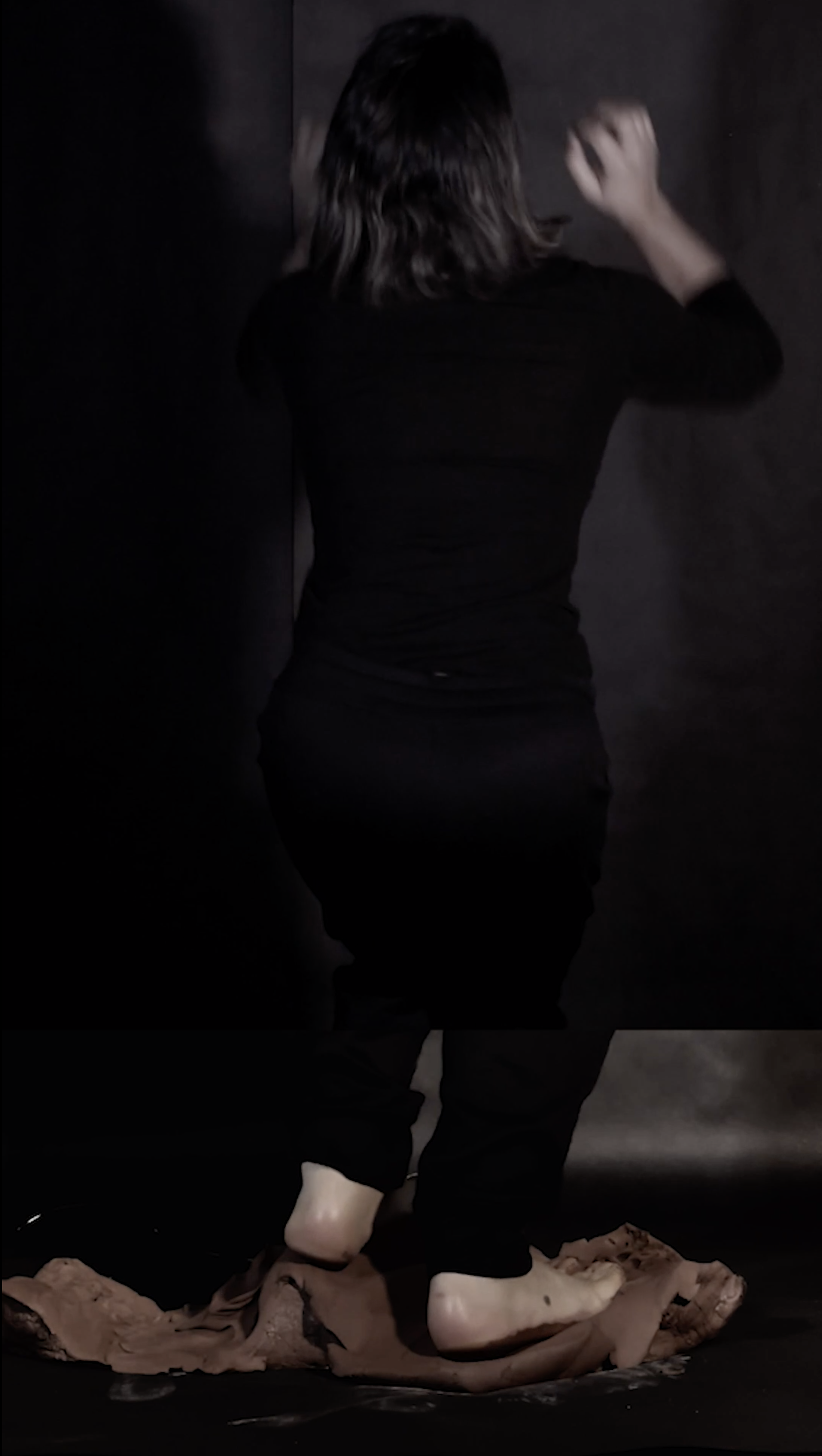
Untitled, 2021
Naan, 2020
Counterpoint, 2019
Zolf, 2020
Go with the Fllow
They Fancy my Unromantic Part, Video installation, 2019
Untitled, 2019
Blame, 2019
Generation,2019
Untitled, 2018
My Family Men, 2018
Made Up, 2018
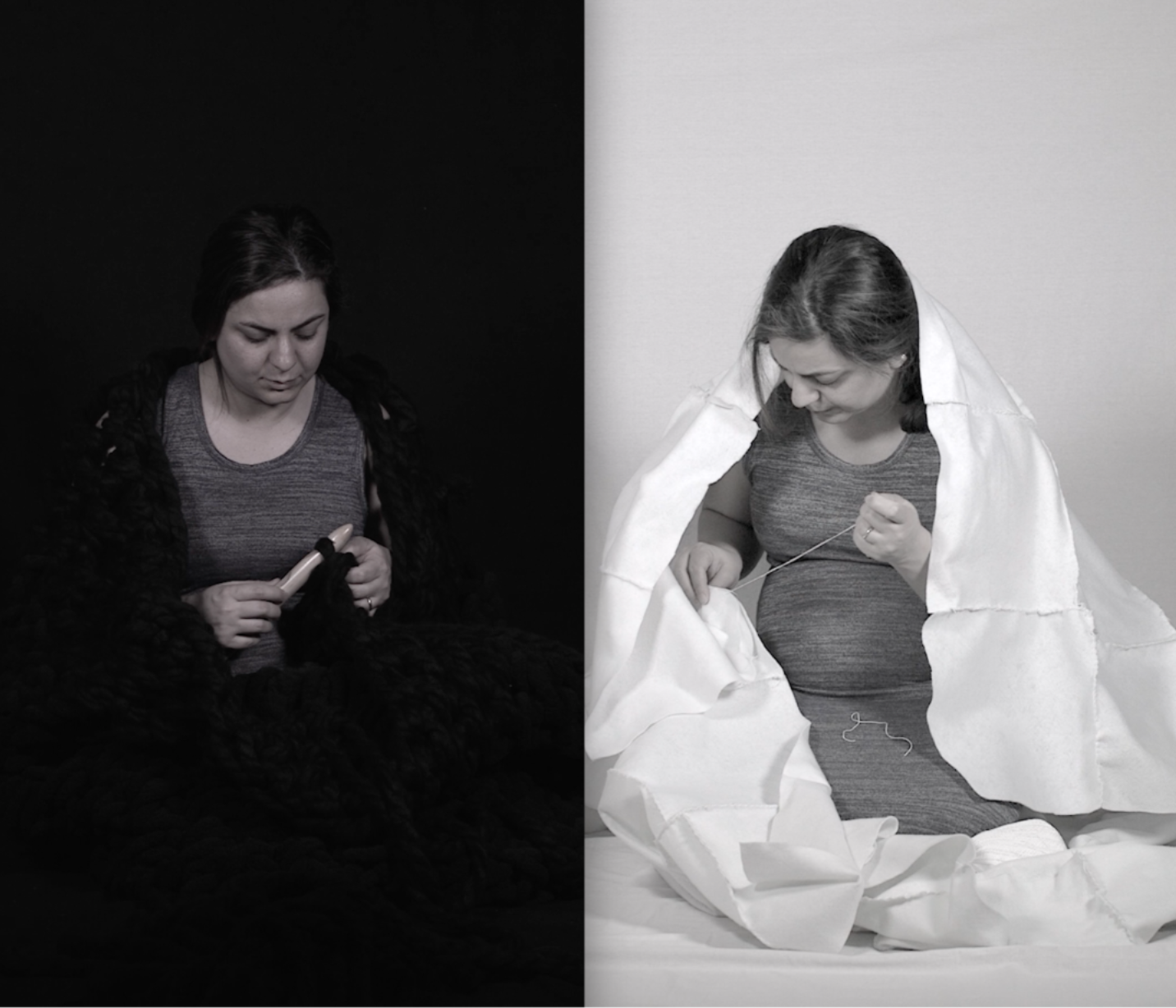
Trap, 2017
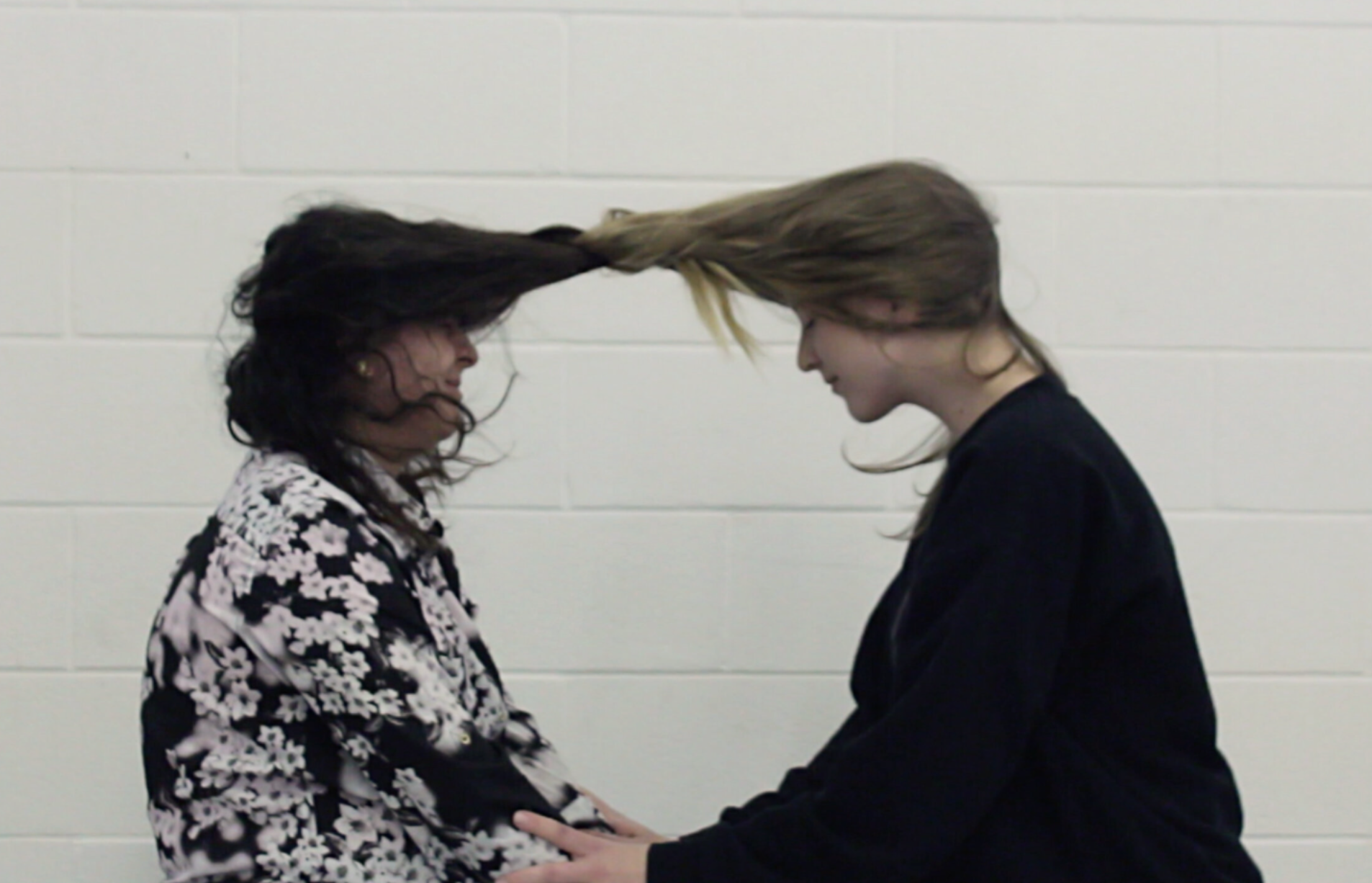
East-Mid-West, Video, 2017
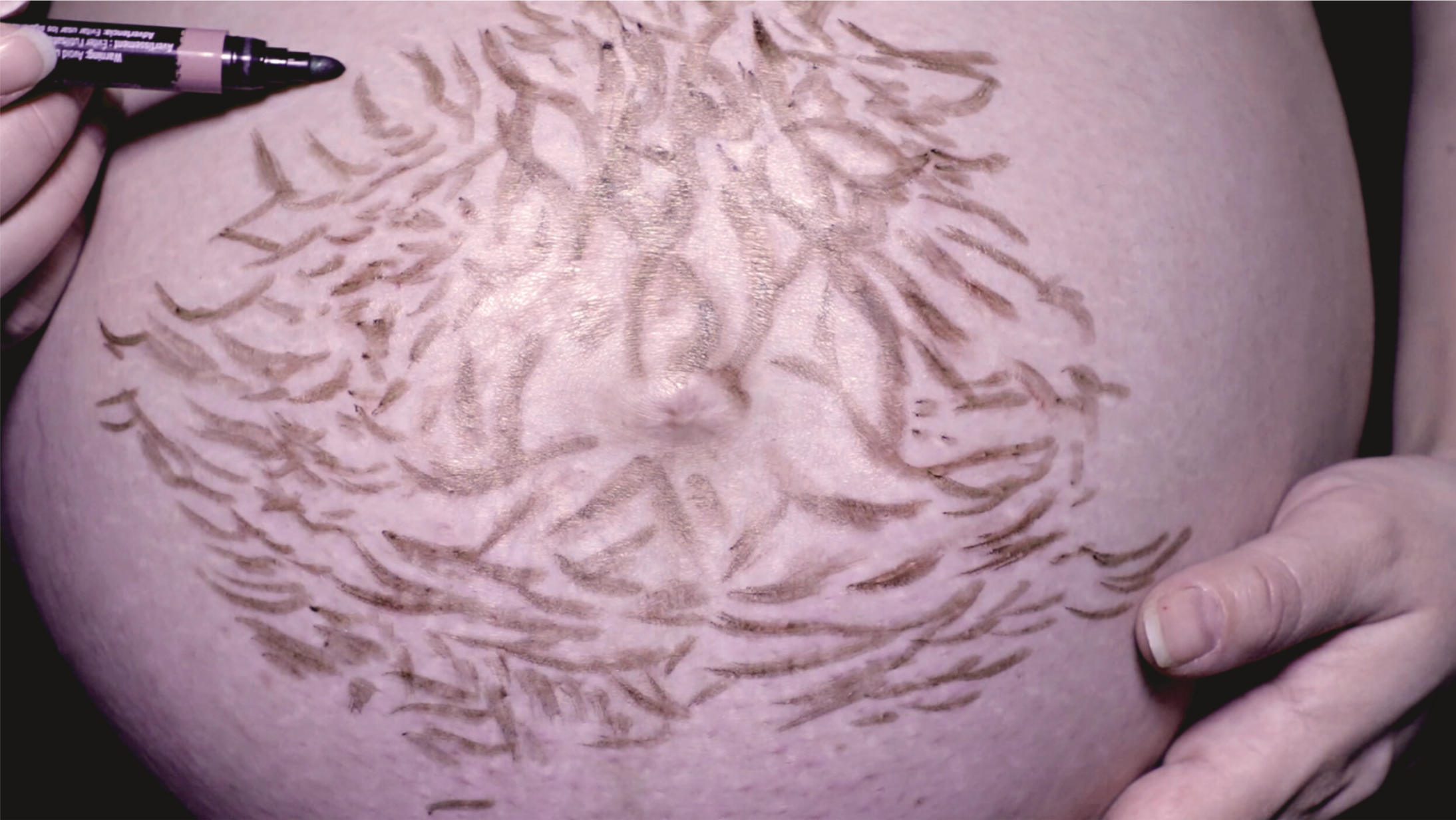
Trace, 2017
Dough, 2017
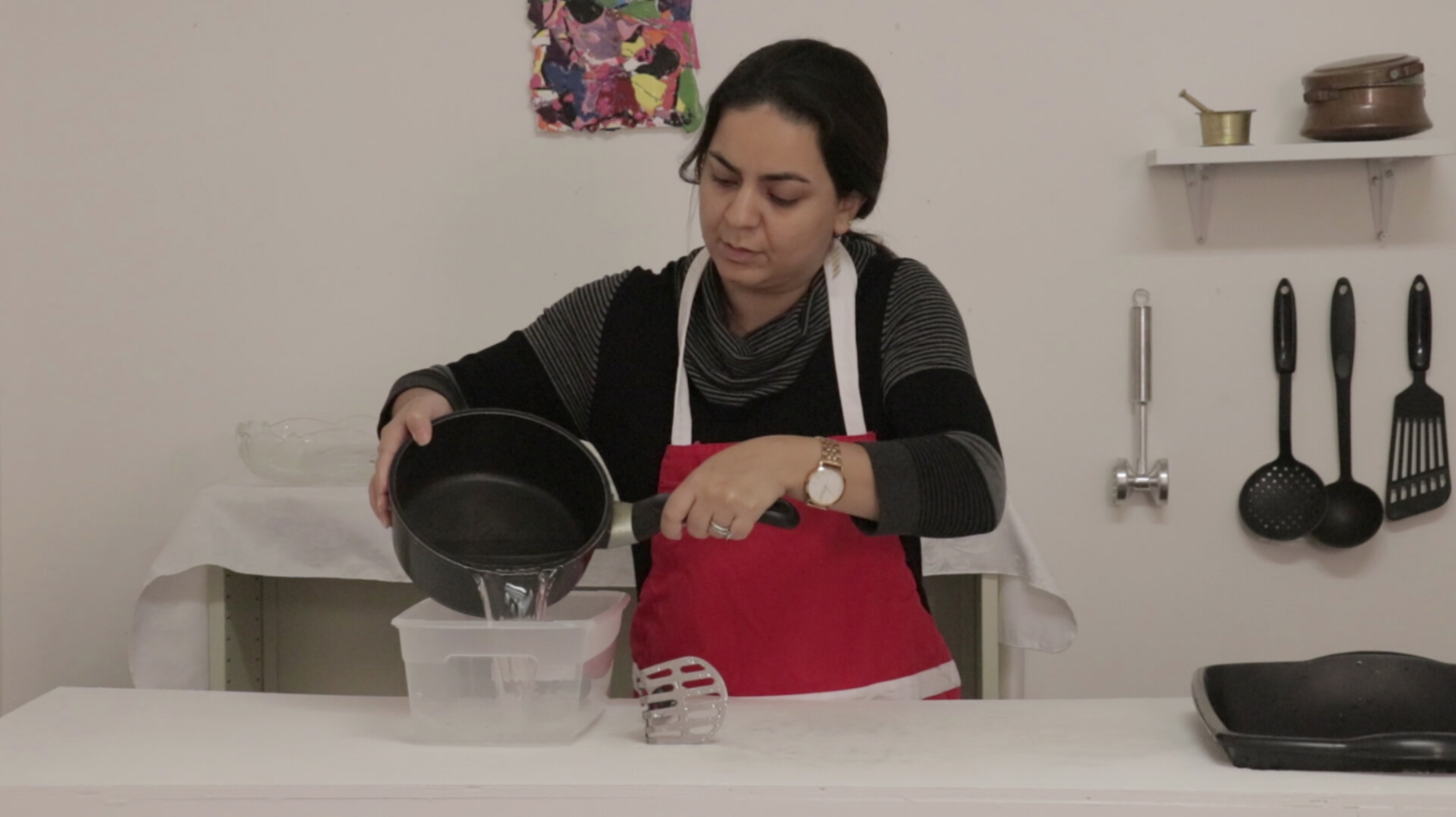
Aab-Dar_Havan , GIF, 2017
Identity Crisis, 2017
Untitled, 2017
White Wednesday, 2017
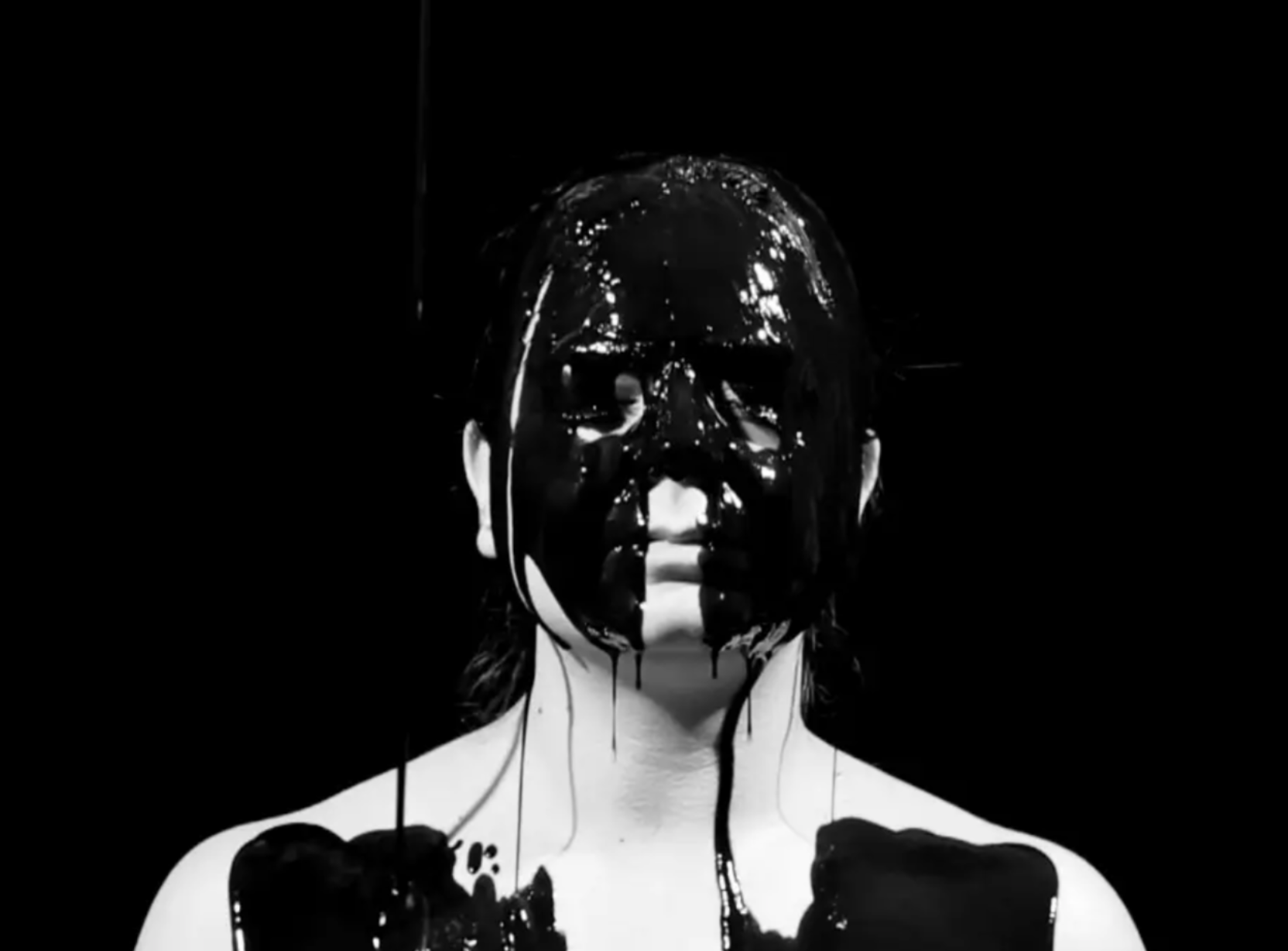
Censorship, 2016


















